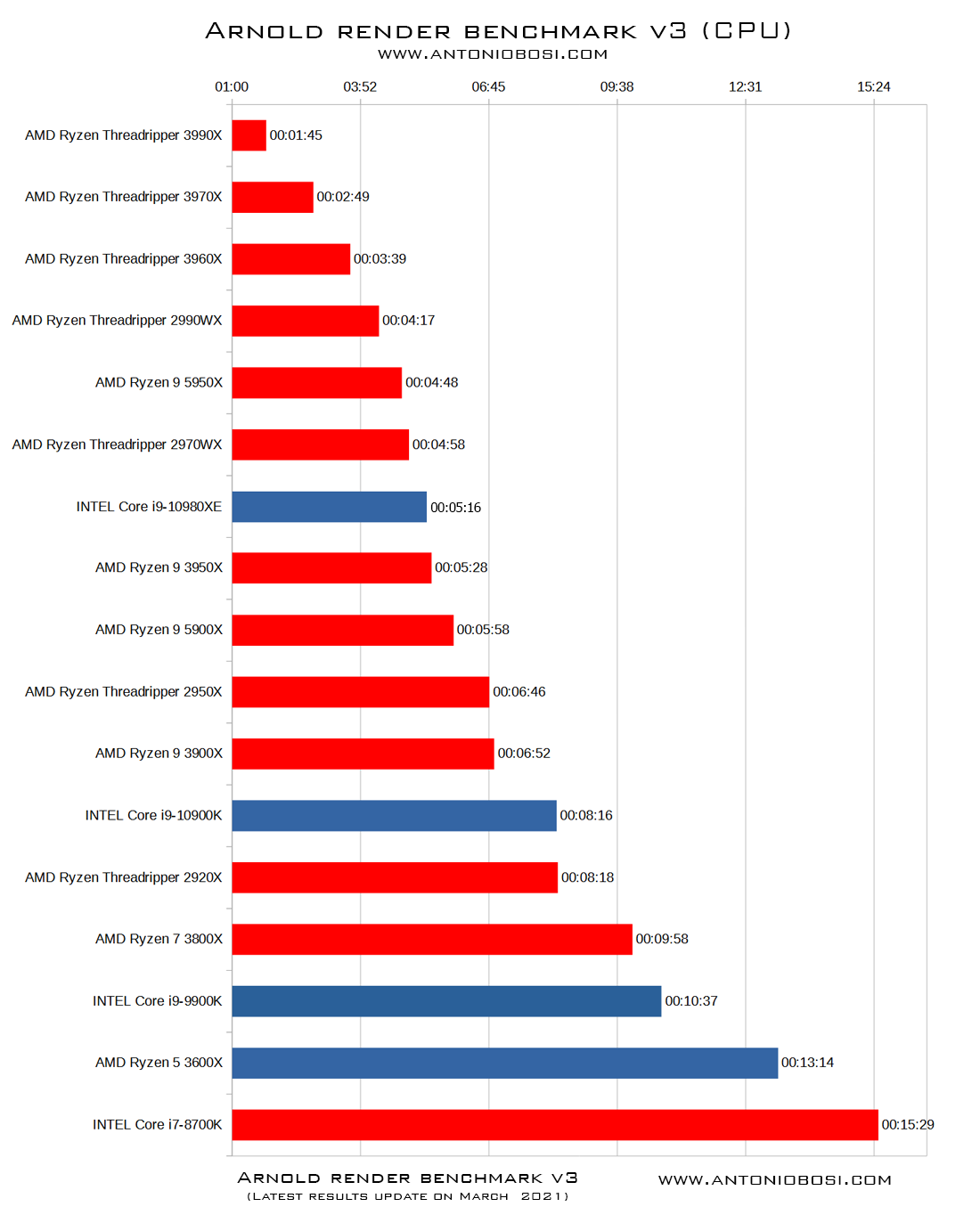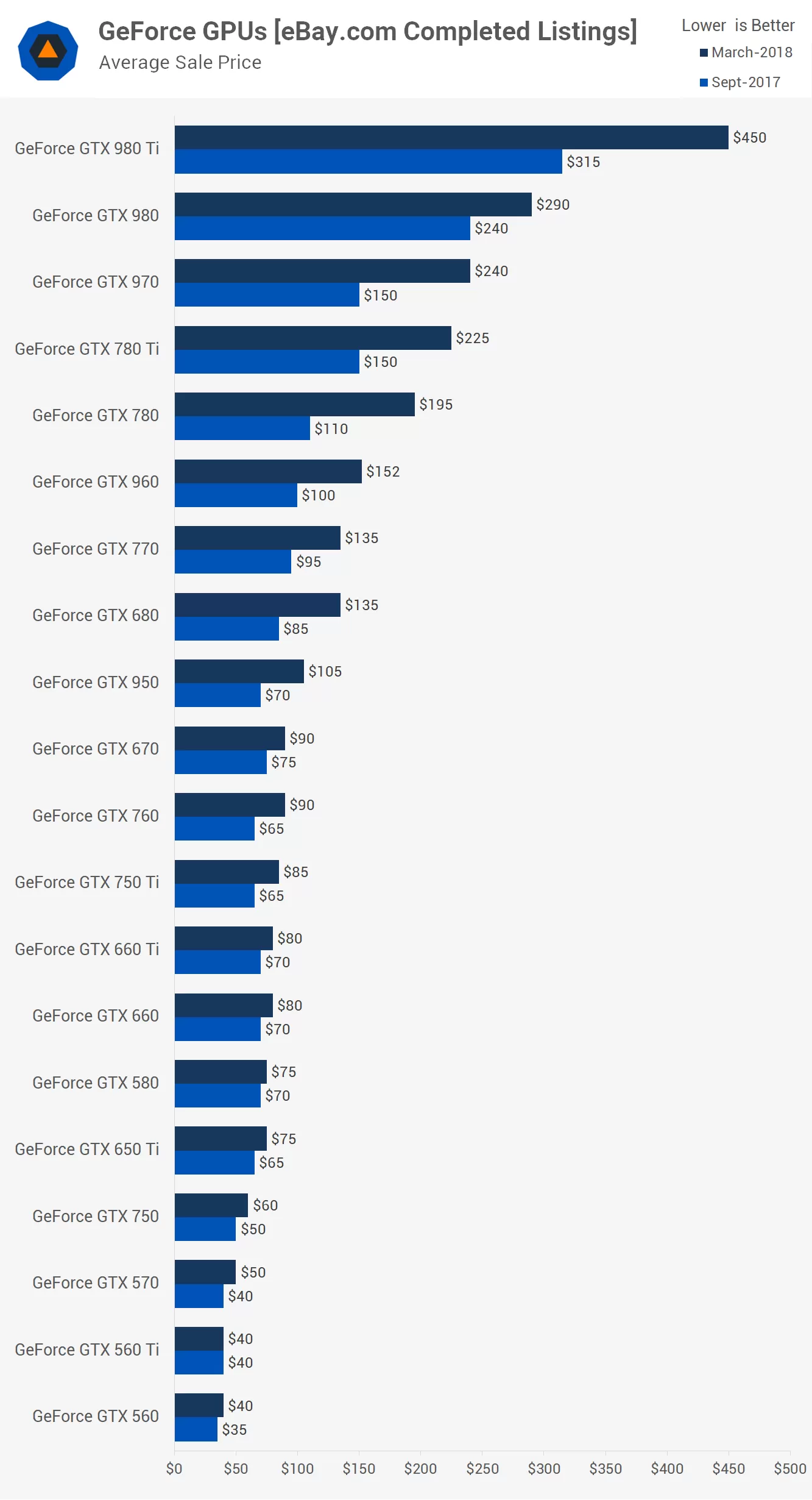

Float 16bit / Mixed Precision LearningĬoncerning inference jobs, a lower floating point precision and even lower 8 or 4 bit integer resolution is granted and used to improve performance.
#Gpu benchmark how to#
How to enable XLA in you projects read here. This feature can be turned on by a simple option or environment flag and will have a direct effect on the execution performance.

This can have performance benefits of 10% to 30% compared to the static crafted Tensorflow kernels for different layer types. It does optimization on the network graph by dynamically compiling parts of the network to specific kernels optimized for the specific device.

Tensorflow XLAĪ Tensorflow performance feature that was declared stable a while ago, but is still by default turned off is XLA (Accelerated Linear Algebra). A further interesting read about the influence of the batch size on the training results was published by OpenAI. An example is BigGAN where batch sizes as high as 2,048 are suggested to deliver best results. But the batch size should not exceed the available GPU memory as then memory swapping mechanisms have to kick in and reduce the performance or the application simply crashes with an 'out of memory' exception.Ī large batch size has to some extent no negative effect to the training results, to the contrary a large batch size can have a positive effect to get more generalized results. The best batch size in regards of performance is directly related to the amount of GPU memory available.Ī larger batch size will increase the parallelism and improve the utilization of the GPU cores. The batch size specifies how many propagations of the network are done in parallel, the results of each propagation are averaged among the batch and then the result is applied to adjust the weights of the network. One of the most important setting to optimize the workload for each type of GPU is to use the optimal batch size. Some regards were taken to get the most performance out of Tensorflow for benchmarking. Getting the best performance out of Tensorflow A single A100 is breaking the Peta TOPS performance barrier. With its 6912 CUDA cores, 432 Third-generation Tensor Cores and 40 GB of highest bandwidth HBM2 memory. The Nvidia A100 is the flagship of Nvidia Ampere processor generation.


 0 kommentar(er)
0 kommentar(er)
